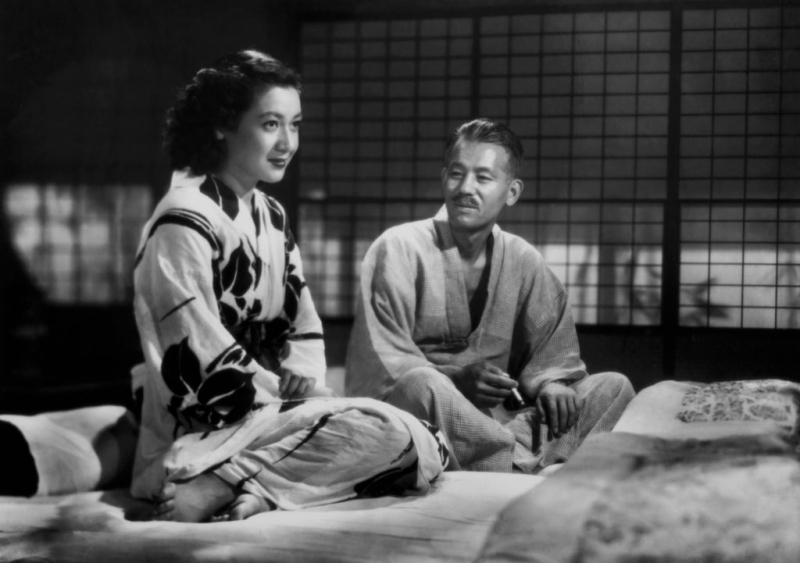LATE SPRING

When most people think of East Asian cinema, two names come to mind: Japanese directors Yasujiro Ozu and Akira Kurosawa. It goes without saying that both directors have films in the top three of this ranked list, but the more difficult component was determining which films from each filmmaker should be included. Late Spring is Ozu's pick, just edging out another of his masterpieces, Tokyo Story (1953). East Asian films, particularly Japanese films, have long been associated with familial dramas, and Ozu is the main example of this, a guy whose films nearly always center on the function of families in society, as well as male and female roles within these structures.
The Ozu signature of fixed camera views situated at a low height is here to absorb and savor in Late Spring, allowing the realistic acting and screenplay enough room to breathe. The film focuses on Shukichi and his adult daughter, Noriko, who is played by Chishu Ryu and Setsuko Hara, respectively. The film is quite quiet until a heartbreaking, emotional ending that surges with strength, in which society's demands on Noriko as a young lady to marry and leave home are carefully but powerfully observed. It's Ozu at his best, crafting a harrowingly personal work of observational filmmaking.
Detailed information:
Director: Yasujirō Ozu
Writers: Kazuo Hirotsu, Kōgo Noda & Yasujirō Ozu
Starring: Chishū Ryū, Setsuko Hara, Haruko Sugimura
Release dates: September 19, 1949
Running time: 108 minutes










